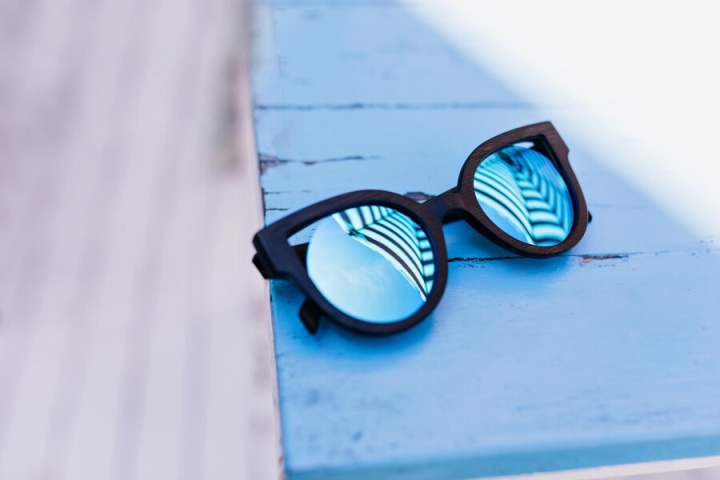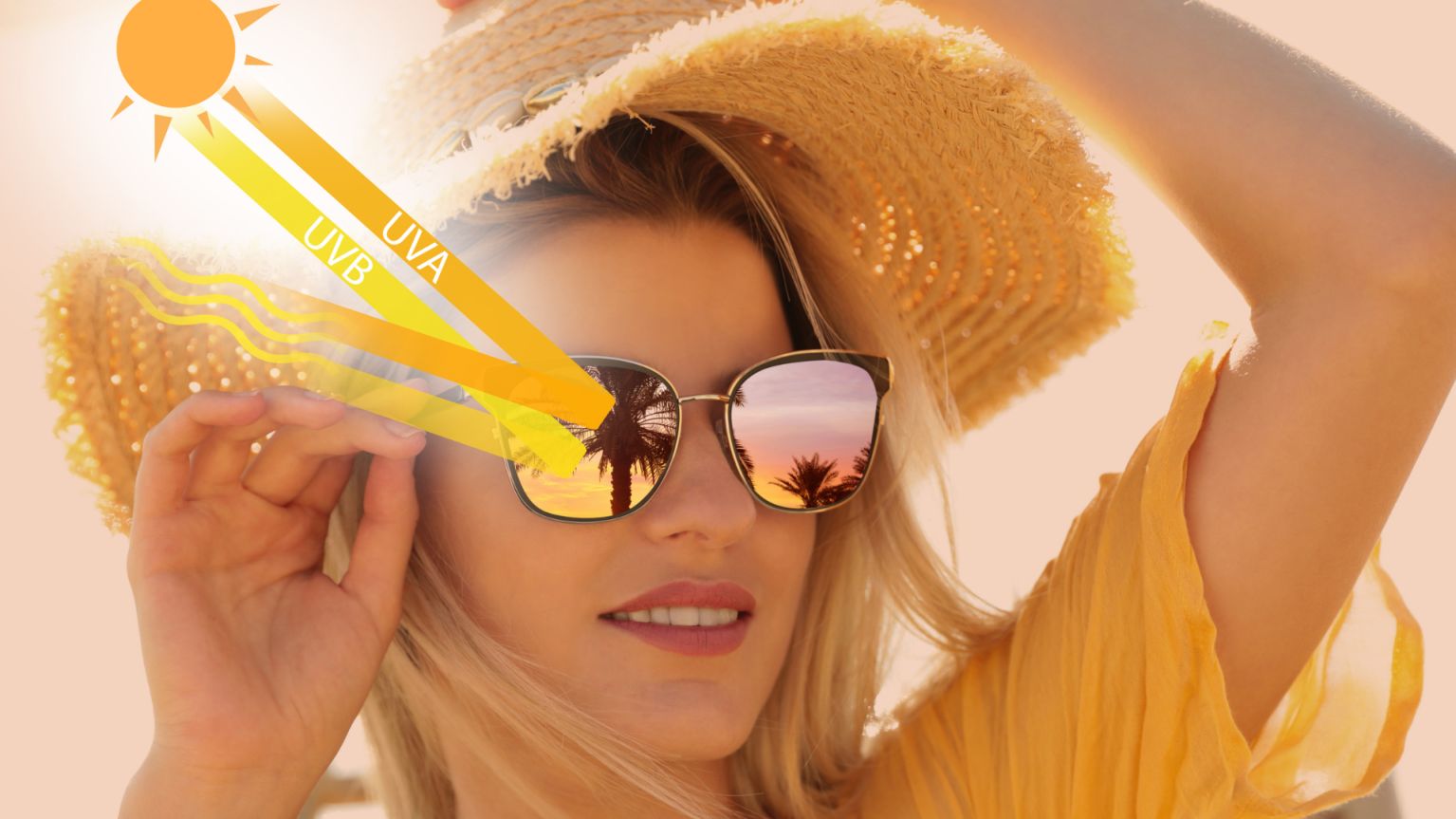Polarized vs. UV Protection: Which Sunglasses Should You Choose?

Have you been thinking about how to pick the right pair of lenses for your needs? The options for lens types can be confusing. You're not alone. Many people need clarification on the distinction between these two lens types when shopping for shades. Both polarized and UV protection lenses serve important eye health purposes. However, their functions are only sometimes clear.
This common confusion stems partly from the fact that sunglasses with polarized and UV-blocking lenses have become widely available. While this dual protection is ideal, it can obscure the separate roles of each lens technology. Many customers understandably assume the terms are interchangeable. Polarization and UV protection tackle different aspects of sunlight's effects on our eyes.
Let's break down the differences between polarized and UV-blocking lenses. We will explain their unique purposes and when one may be more suitable than the other for various activities. With this, you can make an informed choice to obtain the right eye protection for your needs.
Are Polarized Lenses and UV Protection Lenses The Same Thing?

When shopping for sunglasses, a common question is: Are polarized lenses and UV protection lenses the same? Many people need clarification when comparing these two different lens features.
Does this seem confusing? Let's understand how both of these things are separate. Polarized lenses and UV protection lenses have different purposes, though they are often combined into one pair of sunglasses.
Polarized lenses are designed to reduce glare off shiny or reflective surfaces like water, snow, and roads. They filter out horizontal light rays that cause glare. UV protection lenses block harmful ultraviolet (UV) rays that can damage the eyes over time.
While some sunglasses offer both polarized and UV-blocking lenses together, having one feature does not automatically mean you have the other as well. These lenses provide clear benefits, but the perfect choice depends on your outdoor activities under the sun.
Understanding the separate functions of polarized lenses and UV protection lenses is the first step to choosing the right pair of sunglasses for your needs. In many cases, sunglasses with both features provide maximum eye protection.
For more detailed guidance, check out our article on How to Choose the Best Polarized Sunglasses for Fishing.
What are Polarized Lenses?

Polarized lenses are a special type of lenses used in sunglasses. Have you ever felt eye strain or discomfort from very bright light reflecting off surfaces like water, snow, or the road? This is called glare. Polarized lenses help reduce glare so you can see more clearly. Polarized lenses are especially beneficial for activities like fishing, boating, skiing, and driving, where glare is common.
Most people can tell they have polarized lenses when they look at the windshield inside the car. Have you ever noticed there is a checkerboard pattern in the glass at the top of the windshield? If you have seen this, that tells you your lenses are polarized. This is often a “complaint” with polarized lenses as you can see the patterns in the glass windshield which can be distracting for some drivers.
So, how do polarized lenses work? They have a special filter layer that only lets light waves that vibrate in one direction pass through. Glare is caused by light waves vibrating in many directions, so the polarized filter blocks most of these. It reduces glare without darkening or coloring your vision too much.
Polarized lenses cut surface shine, enhancing outdoor views for sports with glare shielding. This makes polarized lenses perfect for outdoor sports where blinding lights can be distracting or hazardous.
The reduced glare also makes it easier on your eyes, helping to prevent eye fatigue over long periods in bright sunlight. Many people find polarized lenses more comfortable to wear for whole days outdoors.
Learn more about the advantages and drawbacks of polarized lenses in our article The Pros and Cons of Wearing Polarized Lenses in Sports.
What is UV Protection?

UV rays refer to ultraviolet rays from the sun. There are two main types: UVA and UVB rays. Both can harm our eyes if exposed to them for a long period.
UV rays have short wavelengths that carry a lot of energy. If the eyes are not protected from UV rays, this energy can damage delicate eye tissues over time. Prolonged exposure to UV rays increases the risk of eye conditions like cataracts and age-related macular degeneration.
UV protection in eyewear helps reduce this risk. All lenses - whether for regular clear eyeglasses or sunglasses - can be coated with a special UV protectant layer. This is done through a process called lens coating, where a thin, virtually invisible layer is applied to the surface of the lens.
The UV protectant coating filters out UV rays before they reach the eyes. It effectively blocks nearly 100% of damaging UVA and UVB rays, protecting the eyes from UV exposure. This UV protective layer does not affect vision clarity.
So, a special UV protectant coating gives eyewear the ability to block UV rays and reduce risks to eye health over the long run, even for regular clear lenses. It's an important feature for eye protection.
Do Polarized Lenses Give UV Protection?
When choosing sunglasses, it's important to consider glare reduction and UV protection. Polarized lenses are great for reducing glare from reflective surfaces like water. However, polarization alone may not block all harmful UV rays from the sun.
Many people assume that polarized lenses automatically provide full UV protection. However, regular polarized lenses still allow some UV radiation to pass through. It's best to look for sunglasses with UV protective coating for complete protection.
A UV protective layer needs to be applied over the polarized lenses. This special coating blocks nearly all UVA and UVB rays from the sun, protecting your eyes fully during outdoor activities. The coating is very thin, so you can't see it, but it helps block all wavelengths of UV light.
If you'll spend long periods in strong sunlight, on the water, snow or driving, getting sunglasses with both polarization and UV coating is recommended. Clear sports goggles may block UV rays but could make it harder to see in bright light. Polarized sunglasses with UV protection allow clear vision while guarding your eyes.
This is the best way to get full protection from glare and harmful UV rays in sunny outdoor conditions.
Conclusion
Both polarized and UV-protection sunglasses have their benefits. Polarized lenses reduce glare from surfaces like water, snow, and roads. They are ideal for driving and outdoor activities. UV protection lenses block UVA and UVB rays to protect the eyes from sun damage. Look for sunglasses offering polarization and 100% UV protection for maximum eye protection. Overall, if you spend much time outdoors, polarized sunglasses with UV protection are the best choice. With Sporteyes, you can make the right choice of lenses, be it polarized lenses or UV protection lenses.
18 Jun 2024
Categories: Uncategorized